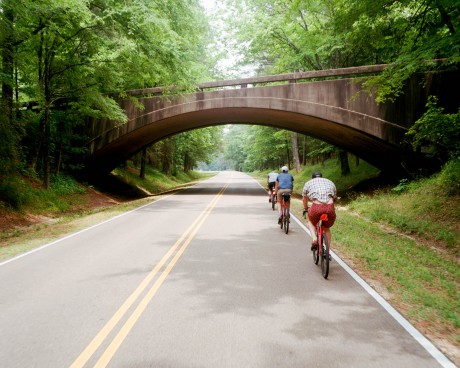
The Natchez Trace Permanent
SECTION No1 Introduction
Upon completion of the Trail of Tears Permanent—wait, that’s not quite right. After finishing the Trail of Tears Permanent, no, that’s not right either. Let me start again. Okay, okay, okay, okay, so, after we gave up roughly two-thirds of the way through the Trail of Tears Permanent we went, as one does, to Chattanooga, Tennessee where we slept for the night in an abandoned/converted train station. Which event inspired this lie: “Yeah, so the deal with this hotel is we all get an unlimited pass to ride this trolly car train jammer they have here in town, it goes all over downtown, and it’s free, and you can go to the bars, like it stops at them, like they’re all on this route, and it’s included in the cost of the room, and you can just drink and and ride the train around Chattanooga all night.” Which lie was believed by all that stayed in the van during check-in—which was everyone that came out to Tennessee—and which lie was categorized as disappointing and cruel. Some even called it, and I’m quoting here, “mean-spirited.”
The next morning we drove to Birmingham, Alabama on the way to New Orleans, Louisiana. In Birmingham we found, with the help of a friend of Ty’s who lived in Birmingham (who rode the Great Divide with Ty), a place to eat called Saw’s Barbecue. It’s the best barbecue in the world. It’s a scientific fact. NASA and Aristotle and the Pentagon and Soviet Space Program all agree, Saw’s is the best.
Because the van was already full—Kelli, Ty, Cole, Hahn, Kevin, Daniel—and because we were picking up Moi & His Bike in Louisiana the following morning, and because the van was seriously already really fucking full, what with our bikes and gear and vacation-related sundries, we needed to get a rack. To put the bikes on the “outside” of the vehicle. We had extra wheels and a plan, a bike shop across the street, and a dream, we just needed it to all to come together. Then we went swimming.
If you try really hard, you can, in just one day, in the town of New Orleans, go to the Backstreet Museum in the Tremé where you will learn the difference between the Uptown and Downtown Indians, and about what it means to Dip-in and Dip-out from Sunrise to Sunset, day-time drink, eat beignets on the Mississippi, get a haircut, go on an expensive and disappointing swamp boat tour where your creole Bubba Gump guide will talk to you about the EPA and marshmallows and swamp boat tour-related deaths, eat a Corexit-infused shellfish dinner in a gothic garden outside a hipster winebar, and eat ice cream cones on Bourbon Street while drunks will sexually harass you, a lot.
SECTION No2 Birmingham, AL
SECTION No3 Oak Mountain State Park, AL
SECTION No4 New Orleans, LA
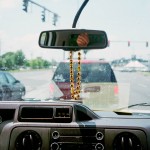
SECTION No5 Lafitte, LA
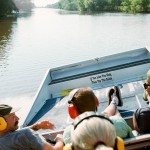
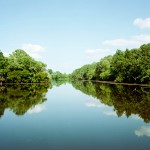
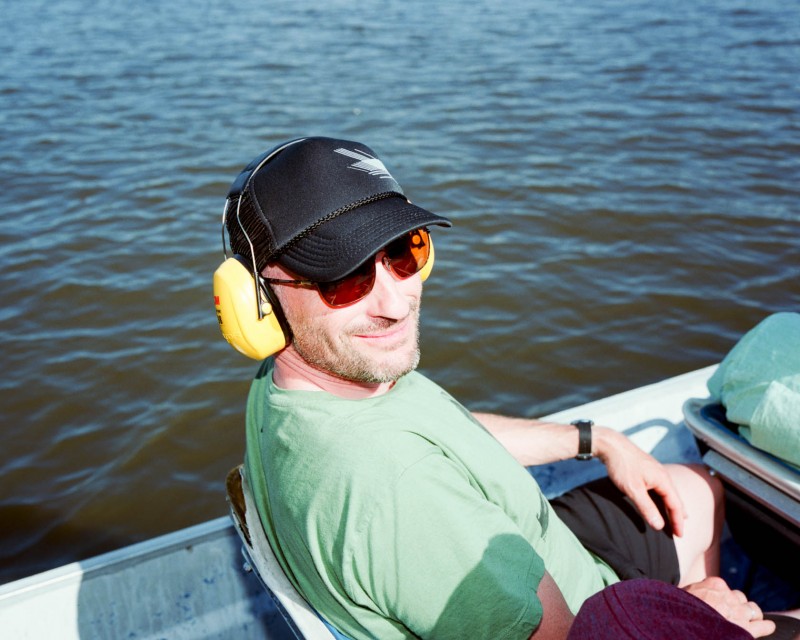
SECTION No6 New Orleans, LA
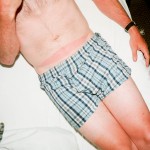
SECTION No7
The Natchez Trace by Adam Miller
The Old Natchez Trace, which runs from Natchez, MS to Nashville, TN, is a truly ancient North American Route. Large hoofed animals beat down game trails during their migrations from the grazing lands in the south to the salt licks of Tennessee. Over time, they found the most straightforward trajectory, which follows the ridgelines, avoiding low-lying, swampy ground and repeated climbs and descents. Although this orientation is efficient, it can also be monotonous, as a rider of this brovet may observe, but then again we can only speculate as to how much these ungulates enjoy a good view or two.
Native American peoples followed these game trails and blazed their own. Evidence of Native American use of the trace includes the Pharr Mounds near Tupelo, MS, which were built during the 1st and 2nd centuries C.E., and the Emerald Mound, ten miles from Natchez, which was built circa 1250 C.E.
The first recorded European encounter with the trace was in the mid-18th century. Later, in the early days of the United States, developing a way south from Nashville became a priority for the young nation. Daniel Boone had already marked out the Wilderness Road (more of a trail than a road) from Ft. Chiswell, VA through the Cumberland Gap to Nashville. In 1801, to establish a road for mail to travel from Nashville to Natchez, Thomas Jefferson directed the Army to begin building the Natchez Trace, which he dubbed “the Columbian Highway.” As early as 1809, wagons could navigate the entire length of the trace.
The trace was vitally important to trade in the American south in the era before steamboats enabled river travel upstream as well as downstream. The trail connected Natchez, MS to Nashville, TN, and linked the Mississippi, Cumberland, and Tennessee rivers. “Kaintucks”—men from Kentucky and from other parts of the Ohio River valley—would transport goods on flatboats, floating down the Mississippi to Natchez or New Orleans and returning home by way of the Natchez Trace.
One estimate was that 2,000 men each year floated downriver and returned via the Natchez Trace on foot or on horseback. Another estimate has 10,000 Kaintucks traveling the Natchez Trace in 1810 alone.
By horse, Nashville could be reached in 15 to 20 days, and ponies could be purchased for 50 dollars in New Orleans or Natchez. However, this price was beyond the reach of the average boatman, who would receive only about 60 dollars for each trip down the river. Though they may have undertaken the journey on foot through necessity rather than by choice, the hardy Kaintucks boasted of being “half alligator and half horse.”
Buying a pony for the return journey was not the only way that a boatman could spend the better part of his wages: Natchez-Under-the-Hill was the river port and market for Natchez, and it was here that boatmen could spend their wages after the long journey downriver. It became notorious as a harbor for drinking, gambling, and prostitution. Echoing the riotous past of Natchez-Under-the-Hill, a visitor to present-day Natchez can discover on the banks of the Mississippi the Magnolia Bluffs Casino, “a riverfront 24-hour gaming facility.” The casino opened in 2012, in a historic building that housed a sawmill from 1828 to 1962.
As travel along the trace increased, inns (called “stands”) were built to provide travelers with food and lodging. Mount Locust, which was built in 1780, lies 15 miles from Natchez, and is the only remaining original stand. The Chamberlain family lived in the house and owned the surrounding plantation, preserving it from the neglect that enveloped the rest of the stands along the Natchez Trace.
Like the canals, which were vitally important to American commerce until they were rapidly eclipsed by railroads, the Natchez Trace faded into obscurity when steamboats came into widespread use. It was no longer necessary as a national road, and commercial activity had gravitated towards Memphis and Nashville. Use of the road remained local and sporadic until the Great Depression.
As evidence of its desuetude, an entire town of historical significance faded in parallel with the trace. Greenville, named after Gen. Nathaniel Greene, was the county seat of Jefferson County until 1825. Andrew Jackson briefly lived in Greenville, working as a slave trader.11While his fame and leadership abilities can be attributed to his military career, Jackson’s wealth came principally from trafficking in human beings. Later in life, at the Hermitage, his plantation near Nashville, he held as many as 150 slaves. In 1825, the seat of Jefferson County was moved to Fayette (a few miles east of the Natchez Trace Parkway, on U.S. 61). No longer serving as the county seat, Greenville quickly declined, its buildings either moved to other places or simply left to rot.
This neglect made the trace ideal for a scenic road, since development in the vicinity was minimal. In the 1930s, the Civilian Conservation Corps began construction of the 444-mile Natchez Trace Parkway, which generally follows the route of the Old Natchez Trace.
SECTION No8 Natchez, MS
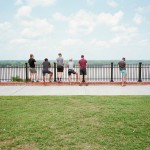
SECTION No9
Day One Natchez to Jackson
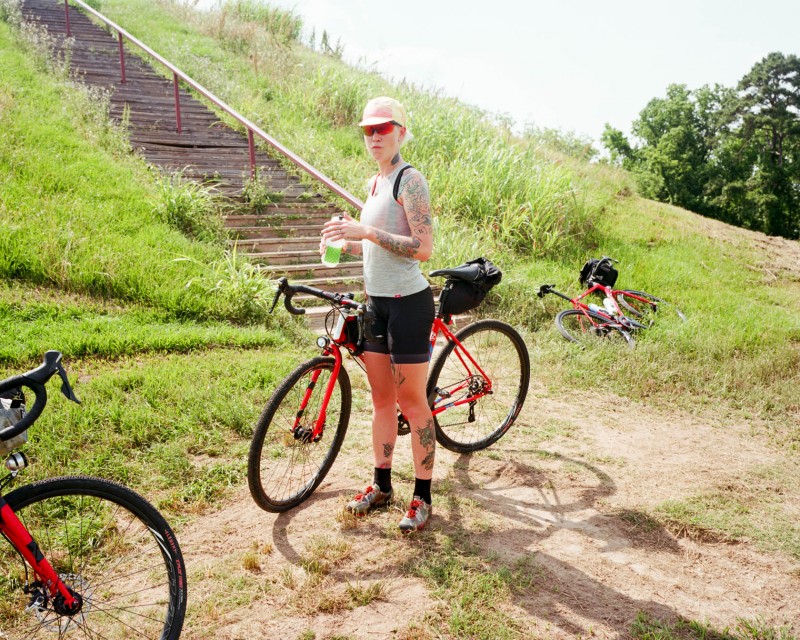
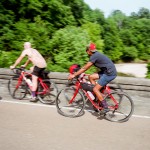
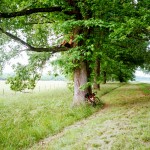
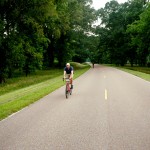
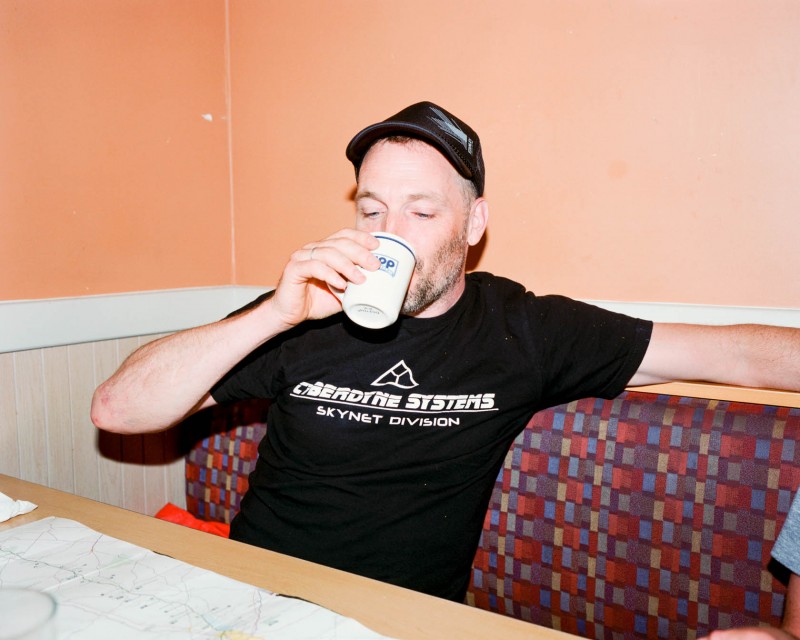
SECTION No10 Day Two
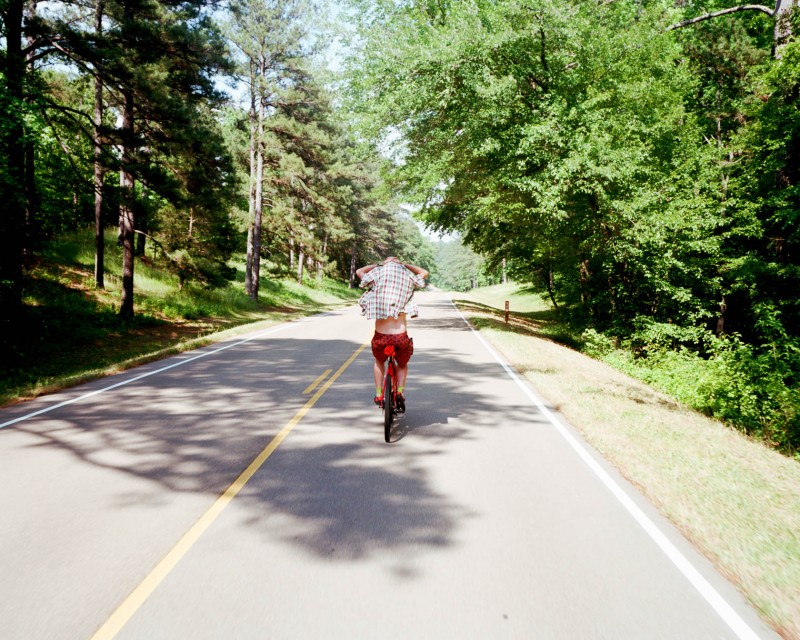

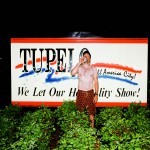

 PROJ Y Casting
PROJ Y Casting  PROJ Y WOF
PROJ Y WOF  Lunar Bikepacking
Lunar Bikepacking  Prospectus
Prospectus  The Dead Reckoning Book
The Dead Reckoning Book  starter pack
starter pack  Bikepacking 101
Bikepacking 101  Dead Reck is Dead
Dead Reck is Dead  Introduction
Introduction  Day 01
Day 01  Day 02
Day 02  Introduction
Introduction  Day 01
Day 01  Day 02
Day 02  Day 03
Day 03  Introduction
Introduction  Day 01
Day 01  Day 02
Day 02  Day 03
Day 03  Day 04
Day 04  Day 05
Day 05  Day 06
Day 06  Introduction
Introduction  Day 01
Day 01  Day 02
Day 02  Day 03
Day 03  Day 04
Day 04  Introduction
Introduction  Day 01
Day 01  Day 02
Day 02  Day 03
Day 03  Introduction
Introduction  Day 01
Day 01  Day 02
Day 02  Day 03
Day 03  Introduction
Introduction  Day 00
Day 00  Day 01
Day 01  Day 02
Day 02  Day 03
Day 03  Day 04
Day 04  Instagram Symposium
Instagram Symposium  Introduction
Introduction  Day 00
Day 00  Day 01
Day 01  Day 02
Day 02  Day 03
Day 03  Day 04
Day 04  Day 05
Day 05  Day 06
Day 06  Day 07
Day 07  Introduction
Introduction  Day 00
Day 00  Days 01-02
Days 01-02  Day 03
Day 03  Day 04
Day 04  Day 05
Day 05  Day 06
Day 06  Days 07-08
Days 07-08  Day 09
Day 09  Lord Nerd Beta
Lord Nerd Beta  Base Camp: Motel on Carroll, Dunedin
Base Camp: Motel on Carroll, Dunedin  Day 01: Dunedin to Danseys Inn
Day 01: Dunedin to Danseys Inn  Day 02: Danseys Pass to Ida Railway Hut
Day 02: Danseys Pass to Ida Railway Hut  Day 03: Ida Railway Hut to Omarama Pass
Day 03: Ida Railway Hut to Omarama Pass  Day 04: Omarama to Huxley Forks
Day 04: Omarama to Huxley Forks  Day 05: Huxely Forks to Brodrick Pass
Day 05: Huxely Forks to Brodrick Pass  Day 06: Brodrick Pass to Wanaka
Day 06: Brodrick Pass to Wanaka  Lord Nerd Beta
Lord Nerd Beta  Preface
Preface  Day 01: Charazani to Hichocollo
Day 01: Charazani to Hichocollo  Day 02: Hichocollo to Pelechuco
Day 02: Hichocollo to Pelechuco  Day 03: Pelechuco to Mountainside Bivouac #1
Day 03: Pelechuco to Mountainside Bivouac #1  Day 04: Mountainside Bivouac #1 to Hilo Hilo
Day 04: Mountainside Bivouac #1 to Hilo Hilo  Day 05: Hilo Hilo to Mountainside Bivouac #2
Day 05: Hilo Hilo to Mountainside Bivouac #2  Day 06: Mountainside Bivouac #2 to Curva
Day 06: Mountainside Bivouac #2 to Curva  Outro
Outro  Lord Nerd Beta
Lord Nerd Beta  Day 01: Oasis to Bishop
Day 01: Oasis to Bishop  Day 02: Bishop to North Lake
Day 02: Bishop to North Lake  Day 03: North Lake to Piute Pass and Back to Piute Lake
Day 03: North Lake to Piute Pass and Back to Piute Lake  Day 04: Piute Lake to Bishop
Day 04: Piute Lake to Bishop  Day 05: Mono Hot Springs
Day 05: Mono Hot Springs  Lord Nerd Beta
Lord Nerd Beta  Day 00: The Approach
Day 00: The Approach  Day 01: Tyax Lodge to Iron Pass
Day 01: Tyax Lodge to Iron Pass  Day 02: Iron Pass to Graveyard Valley
Day 02: Iron Pass to Graveyard Valley  Day 03: Graveyard Valley to Trigger Lake
Day 03: Graveyard Valley to Trigger Lake  Day 04: Trigger Lake to Tyax Lodge
Day 04: Trigger Lake to Tyax Lodge  Flooded with Feeling
Flooded with Feeling  Wilderness
Wilderness  Mike Cherney on Black Bears
Mike Cherney on Black Bears  Rope Swing
Rope Swing  Slash Piles
Slash Piles  Nylon
Nylon  Conversations with a Black Bear
Conversations with a Black Bear  US Route 93
US Route 93  Turnagain Mud Flats
Turnagain Mud Flats  Bushwhacking in British Columbia
Bushwhacking in British Columbia  Men’s Penury
Men’s Penury  Bob Dittler et. al.
Bob Dittler et. al.  Bushwhacking in the MSOJ
Bushwhacking in the MSOJ  Mike Cherney’s Knife
Mike Cherney’s Knife  Hideout, UT
Hideout, UT  Hoover Dam
Hoover Dam  Shoe Tree
Shoe Tree  Destruction
Destruction  The Siskiyou Mountain Club
The Siskiyou Mountain Club  Coral Pink Sand Dunes State Park
Coral Pink Sand Dunes State Park  EN 417 – Normes Européennes 417 – The Lindal Valve
EN 417 – Normes Européennes 417 – The Lindal Valve  Wolf Satellite
Wolf Satellite  Itchy and Scratchy
Itchy and Scratchy  Tanoak Dust
Tanoak Dust  Lake Havasu
Lake Havasu  Knife Fighting
Knife Fighting  The Comfort Inn Covenant
The Comfort Inn Covenant  The Wrong/Right Way To Experience Montauk
The Wrong/Right Way To Experience Montauk  Ohiopyle Falls
Ohiopyle Falls  Allosaurus via Lean-to
Allosaurus via Lean-to  Lyle Ruterbories, Glacier National Park Ranger
Lyle Ruterbories, Glacier National Park Ranger  Water Interface Experimentation (WIE)
Water Interface Experimentation (WIE)  OSOs & UOSOs e.g., Mt. Oberlin
OSOs & UOSOs e.g., Mt. Oberlin  Louisiana Custom Cars
Louisiana Custom Cars  Archaeologizing, Pt. II
Archaeologizing, Pt. II  Archaeologizing, Pt. I
Archaeologizing, Pt. I  Mather Point
Mather Point  Sarah Plummer Lemmon & Matt Hall
Sarah Plummer Lemmon & Matt Hall  Kangaroo Lake and Fran
Kangaroo Lake and Fran  Minor Religions of the Mt. Shasta Region
Minor Religions of the Mt. Shasta Region  The Fist Bump
The Fist Bump  The Ideal Shelter
The Ideal Shelter  Headwaters of the Sacramento River
Headwaters of the Sacramento River  Buckle Bunnies
Buckle Bunnies  DFKWA: Baldface Creek - Part I
DFKWA: Baldface Creek - Part I  Mule Deer Radio Collaring
Mule Deer Radio Collaring  The Disappearance of Everett Ruess
The Disappearance of Everett Ruess  Dall Sheep Kebabs
Dall Sheep Kebabs  The Ideal Woodsman Knife
The Ideal Woodsman Knife  DFKWA: Rough and Ready Creek - Part I
DFKWA: Rough and Ready Creek - Part I  Rowdy Water
Rowdy Water  Killing a Mountain Caribou
Killing a Mountain Caribou  Boredom, Slingshots, and Prairie Dogs
Boredom, Slingshots, and Prairie Dogs  We Would Like to Visit
We Would Like to Visit  Black Bear Ranch
Black Bear Ranch  Origins
Origins  The Heart of the Klamath
The Heart of the Klamath  Skid Town Bicycles
Skid Town Bicycles  Low Stress Management
Low Stress Management  CLUB MACHO
CLUB MACHO  Club Macho Ep. 01
Club Macho Ep. 01  Club Macho Ep. 02
Club Macho Ep. 02  Club Macho Ep. 03
Club Macho Ep. 03  Cumberland Permanent
Cumberland Permanent  Iron Goat Permanent
Iron Goat Permanent  Natchez Trace Permanent
Natchez Trace Permanent  Trail of Tears Permanent
Trail of Tears Permanent  (Dis)Enchanted Rock Permanent
(Dis)Enchanted Rock Permanent  MSOJ Permanent
MSOJ Permanent  Shorty Peak Lookout
Shorty Peak Lookout  Deer Ridge Lookout
Deer Ridge Lookout  Arid Peak Lookout
Arid Peak Lookout  Flag Point Lookout
Flag Point Lookout  Umpqua Hot Springs
Umpqua Hot Springs  Cougar Hot Springs
Cougar Hot Springs  Bagby Hot Springs
Bagby Hot Springs  Goldbug Hot Springs
Goldbug Hot Springs  Ft. Bridger Rendezvous
Ft. Bridger Rendezvous  Corndoggin’ Castle Lake
Corndoggin’ Castle Lake  Kangaroo Lake
Kangaroo Lake  The Narrows
The Narrows  Matthews Creek
Matthews Creek  Introduction
Introduction 
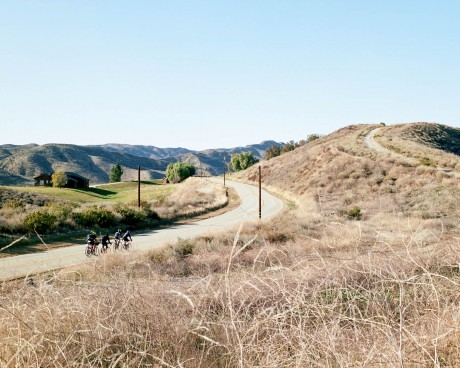


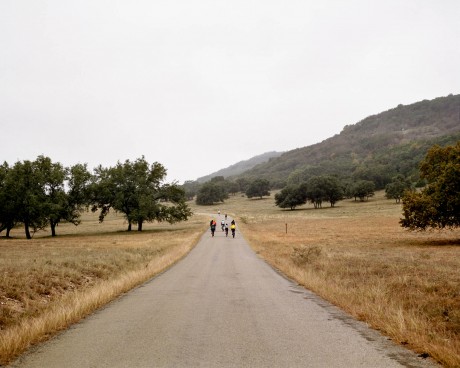
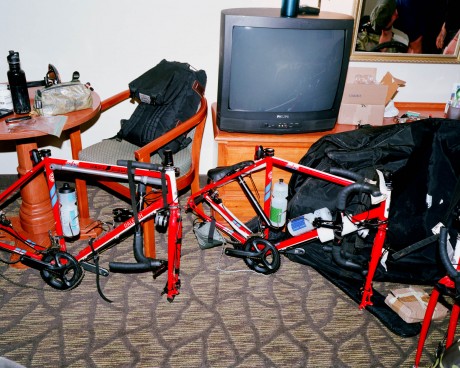

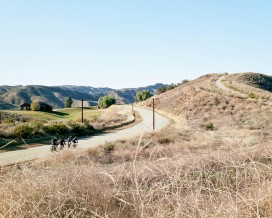 The Old Ridge Road Permanent
The Old Ridge Road Permanent